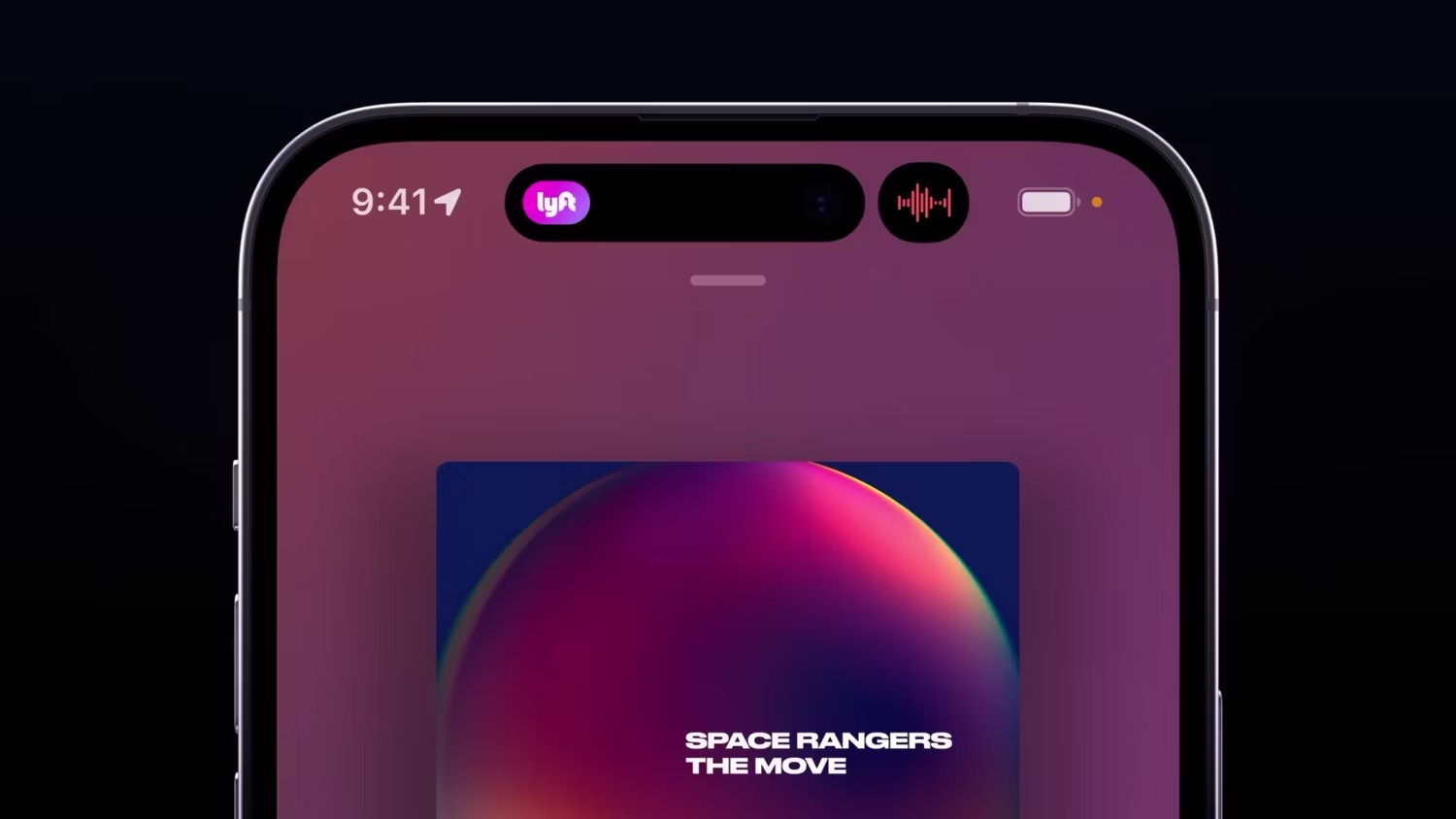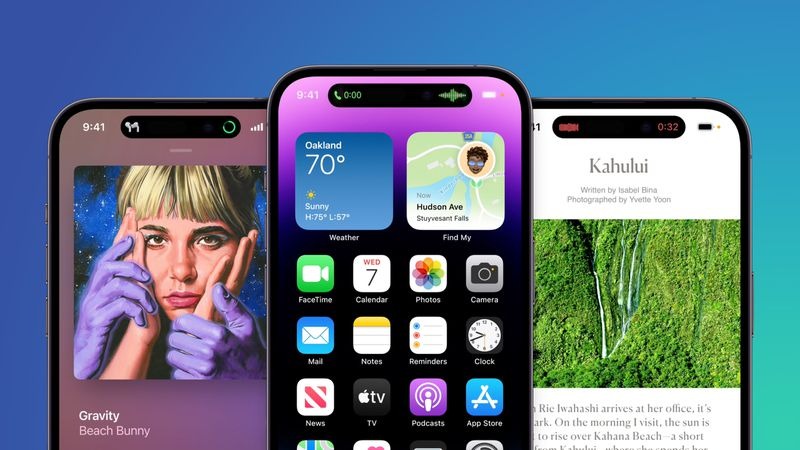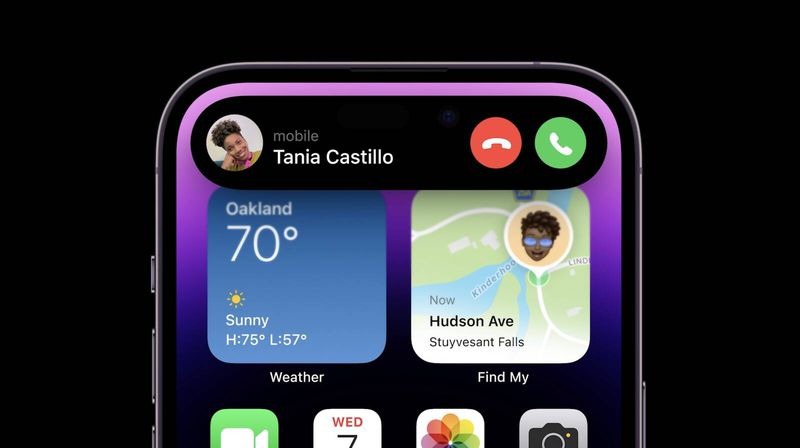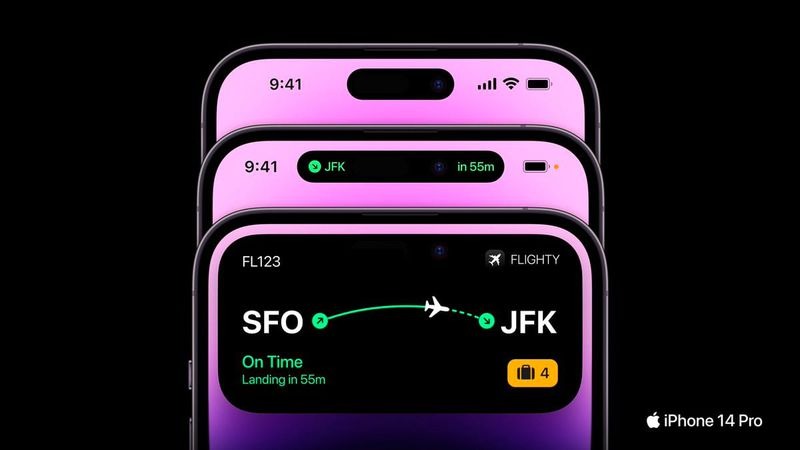It is often said that when Apple he does something, everyone else will sooner or later follow him. And it is mostly true, see e.g. getting rid of the 3,5 mm jack or removing the charger from the package. And yes, Samsung is also adapting to Apple. Now the Cupertino giant has come up with an innovation in the cutout area called Dynamic Island for the iPhone 14 Pro and Pro Max. It's a replacement for the traditional wide notch that we've been used to seeing on iPhones since the iPhone X. Could the Dynamic Island become Apple's new trend that they'll androidcan smartphone manufacturers follow suit?
The evolution of cutouts on smartphones with Androidem
We've come a long way from phones with thick bezels, 16:9 WVGA displays and physical navigation buttons. However, their development was not as straightforward as that of iPhones. It was slower and Samsung also played a role in it.
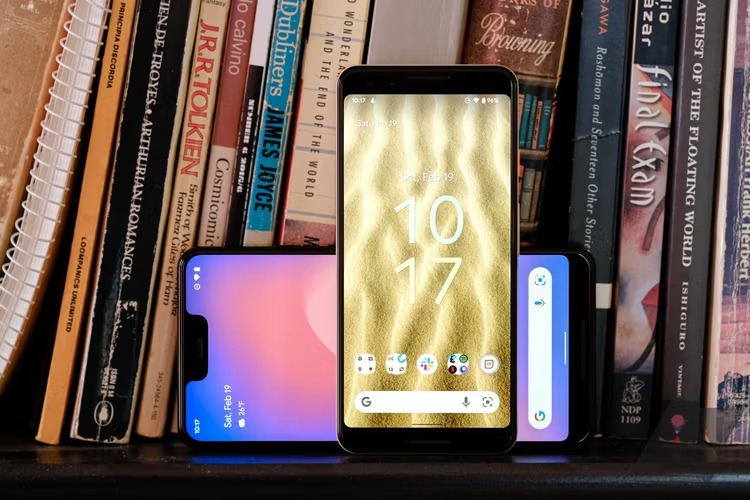
In terms of design, iPhones have long been characterized by a thick top and bottom bezel and a Touch ID button at the bottom. He brought a fundamental change in 2017 iPhone X, which had an all-screen, bezel-less display with a wide cutout that housed the front-facing camera and sensors for the sophisticated Face ID face unlock system.
In the world Androidu started the era of transition to frameless displays in 2016 with the Xiaomi Mi Mix smartphone, but this trend began to take hold only a year later with the arrival of Samsung phones Galaxy S8 and LG G6. The former had a curved display with an aspect ratio of 18,5:9, while the latter had a flat panel with an aspect ratio of 18:9, but both had thinner bezels than the others androidsmartphones of the time. The phone's screen-to-body ratio became a "hot" metric, with 90% being the ideal at the time.
Cutouts with androidof these phones began to appear in 2018 and were heralded by the companies Xiaomi and OnePlus. Initially, they were as wide as the iPhone cutout (see e.g. Xiaomi Mi 8, OnePlus 6 or Pocophone F1), but they didn't last long. Androidbecause the manufacturers realized that the iPhone's cutout was wide only because the mentioned Face ID system required it. On Androidfor one reason or another, face unlocking didn't catch on and everyone stuck with fingerprint readers.
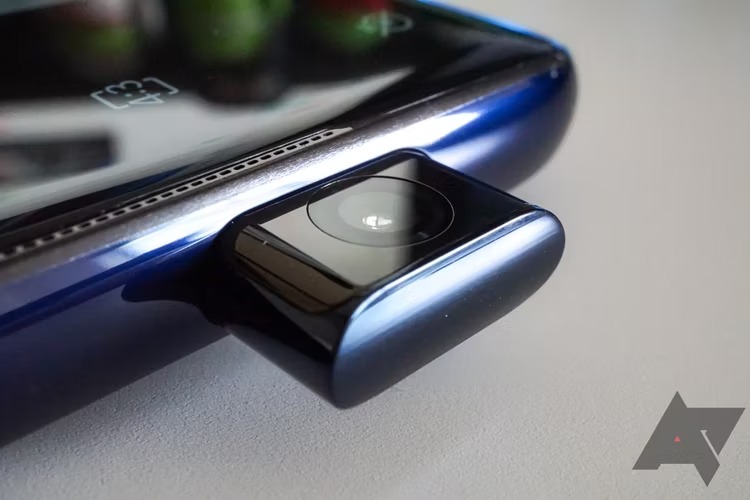
As a result, manufacturers quickly abandoned this design. Instead of a wide cutout, a drop-shaped cutout came, which noticeably reduced the area it occupied from the display, and which had enough space for the front camera. Some brands wanted to remove the notch from the display altogether and created pop-up selfie cameras like the one on the OnePlus 7 Pro. In late 2018, then-smartphone giant Huawei came out with a circular cutout, and the design was quickly adopted by other manufacturers, including Samsung, and remains popular to this day. Recall that the Korean giant used it for the first time in a series Galaxy S10, introduced in early 2019.
You could be interested in
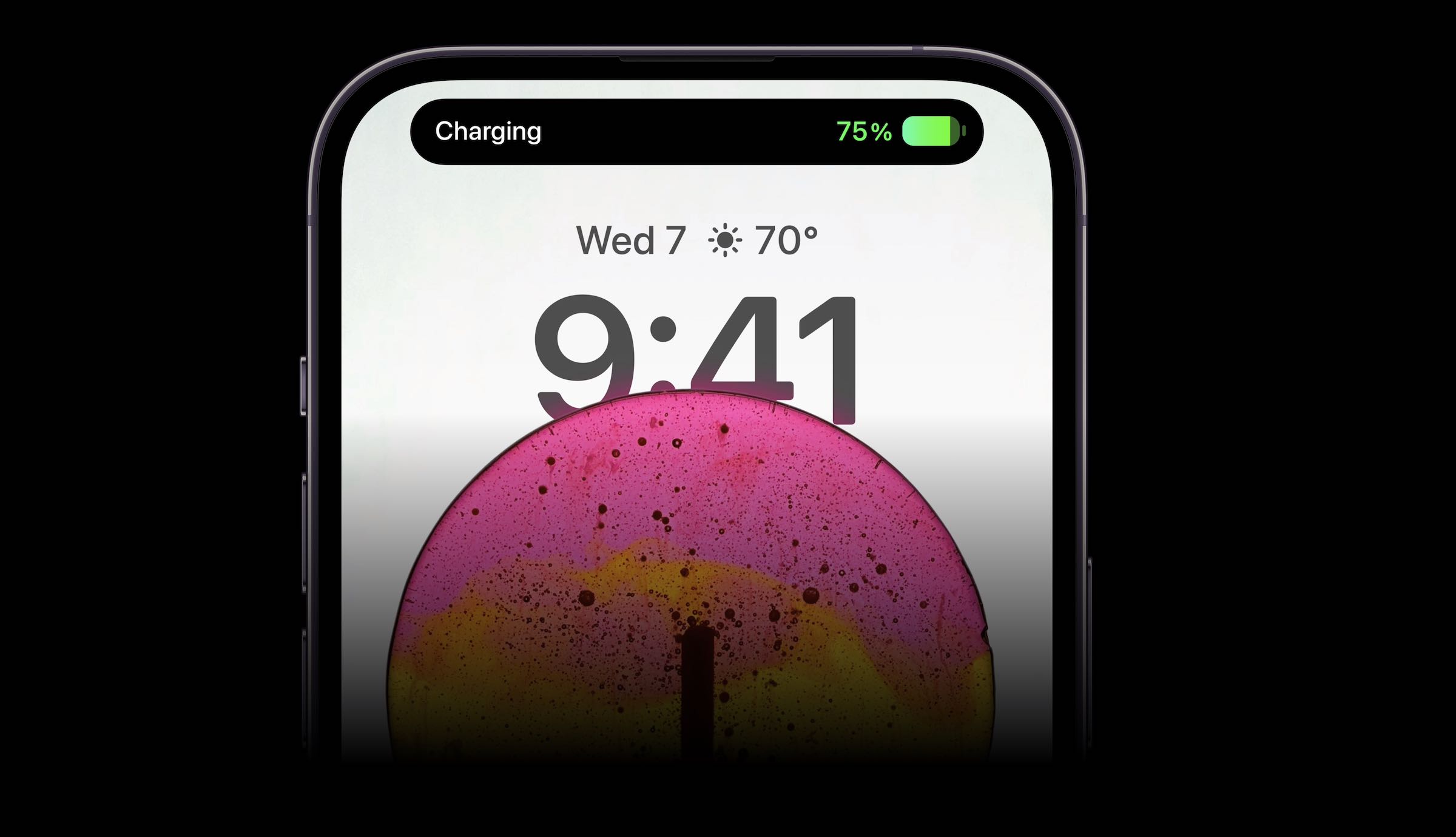
Dynamic Island as the latest innovation in the cutout area
Apple now finally got rid of cutouts and switched to androidcircular "shot". They are the first to have this design iPhone 14 Pro and Pro Max. However, the company still uses Face ID with all of its sensors, so a simple circular cutout wouldn't do. So its designers decided to "go wide" and created a pill-shaped cutout that can change size with software magic. It can expand in length to display, for example, toast notifications when you answer a call or connect headphones, but also in width to provide contextual prompts when listening to music or a call. It's a clever way to disguise and utilize a non-moving hardware element.
The possibilities of using this section are really very wide, in addition to the aforementioned, it can also display the time, battery and charging status, upcoming routes from Maps without opening the application itself, privacy indicators when using the microphone or camera, confirmation of payment using the service Apple Pay and, last but not least, track the arrival time of the Lyft car. Many third-party apps can already use it, and it's highly likely that many more will be added in the future.
Dynamic Island on iPhone For. Really interesting stuff here. pic.twitter.com/5XT3j6x700
- Neil Cybart (@neilcybart) September 7, 2022
He will get Android something like that?
It is also likely that with something like Dynamic Island sooner or later some smartphones will come with Androidem. This can be expected from innovative brands such as Xiaomi, Vivo or Oppo. Speaking of Xiaomi, barely a week after the launch of the range iPhone 14, a certain developer managed to use a variation on Dynamic Island on one of the phones of the Chinese giant to graft, so the official implementation would pro androidthis manufacturer should not have been a problem.
If the pill cutout in the world Androidit will catch on, only time will tell. Since many androidAs many manufacturers these days are pushing for their phones to have no notch at all (they're going the sub-display camera route), we don't see that as very likely anyway.
